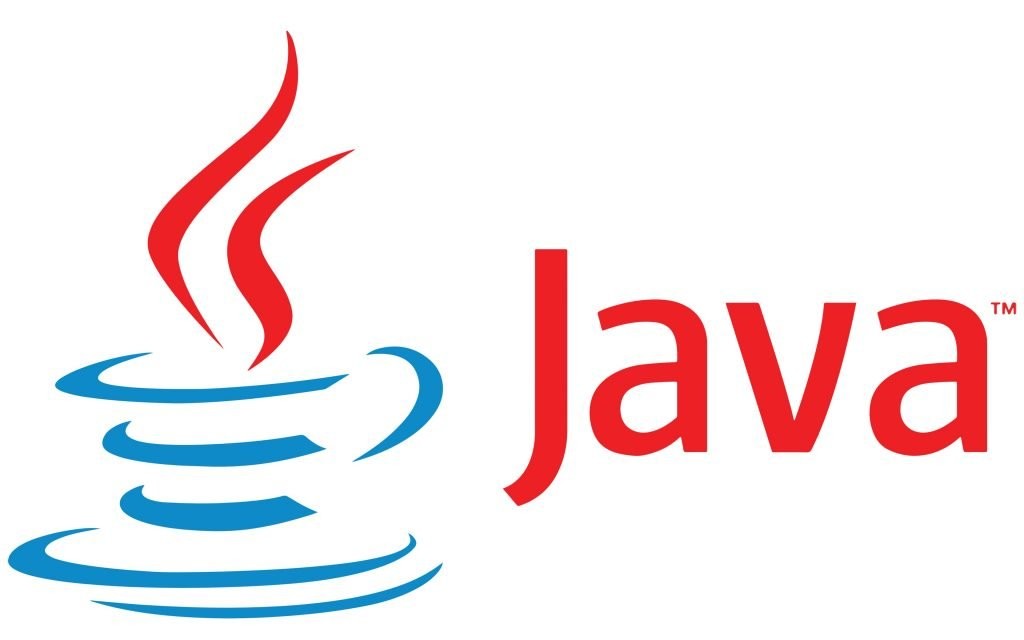Last Updated on August 24, 2024
The ability to effectively manipulate and format dates and times is a fundamental requirement for many Java applications. From scheduling tasks to performing data analysis, understanding and utilizing Java’s date and time APIs is essential for building robust and reliable software.
Before Java 8, developers relied on the java.util.Date and java.util.Calendar classes, which were often cumbersome and prone to errors. These legacy APIs lacked clarity, were mutable, and offered limited functionality. The introduction of the java.time package in Java 8 marked a significant improvement, providing a comprehensive set of classes and methods for working with dates and times.
Date and Time before Java 8
Prior to Java 8, working with dates and times in Java was a complex endeavor, often involving the java.util.Date and java.util.Calendar classes.
Example using java.util.Date:
import java.util.Date;
public class DateExample {
public static void main(String[] args) {
Date currentDate = new Date();
System.out.println(currentDate);
// Manipulating the date
currentDate.setTime(currentDate.getTime() + 86400000); // Add one day
System.out.println(currentDate);
}
}Example using java.util.Calendar:
import java.util.Calendar;
public class CalendarExample {
public static void main(String[] args) {
Calendar calendar = Calendar.getInstance();
System.out.println(calendar.getTime());
// Manipulating the date
calendar.add(Calendar.DAY_OF_MONTH, 1);
System.out.println(calendar.getTime());
}
}the java.util.Date and java.util.Calendar classes were commonly used before Java 8, their limitations and potential pitfalls make them less recommended for new development.
Key limitations of these legacy APIs:
- Mutable
Date: TheDateclass is mutable, leading to potential thread safety issues. - Complex
CalendarAPI: TheCalendarclass can be cumbersome to use, especially for complex date and time manipulations. - Lack of clarity: The distinction between date, time, and time zone is not always clear.
- Limited functionality: These APIs lack support for modern date and time concepts like durations and periods.
The Arrival of java.time
Java 8 introduced the java.time package, a comprehensive set of classes designed to address the deficiencies of the legacy date and time APIs.
This new package provides a more intuitive, thread-safe, and feature-rich approach to working with dates and times.
LocalDate Class
The LocalDate class, introduced in Java 8, is a fundamental component of the java.time package. It represents a date without a time-of-day or time zone, making it ideal for handling date-related operations.
LocalDate.now(): Creates a LocalDate object representing the current date.
LocalDate.of(int year, int month, int dayOfMonth): Creates a LocalDate object with the specified year, month, and day.
LocalDate.parse(String dateString, DateTimeFormatter formatter): Parses a string representation of a date using a specified formatter.
Example:
LocalDate today = LocalDate.now();
int year = today.getYear();
int month = today.getMonthValue();
int dayOfMonth = today.getDayOfMonth();
LocalDate birthday = LocalDate.of(1990, 1, 1);
boolean isBirthdayToday = today.equals(birthday);
LocalDate tomorrow = today.plusDays(1);
LocalDate lastYear = today.minusYears(1);
String formattedDate = today.format(DateTimeFormatter.ofPattern("yyyy-MM-dd"));
boolean isAfter = today.isAfter(birthday);The LocalDate class provides a robust and flexible way to work with dates in Java. Its immutability and clear API make it a valuable tool for a wide range of applications.
LocalTime Class
The LocalTime class, introduced in Java 8, is a fundamental component of the java.time package. It represents a time-of-day without a date or time zone, making it ideal for handling time-related operations.
Example:
LocalTime currentTime = LocalTime.now();
int hour = currentTime.getHour();
int minute = currentTime.getMinute();
int second = currentTime.getSecond();
LocalTime specificTime = LocalTime.of(10, 30);
boolean isMorning = currentTime.isBefore(LocalTime.of(12, 0));
LocalTime oneHourLater = currentTime.plusHours(1);
LocalTime oneMinuteEarlier = currentTime.minusMinutes(1);
String formattedTime = currentTime.format(DateTimeFormatter.ofPattern("HH:mm:ss"));LocalDateTime Class
The LocalDateTime class in Java represents a date and time, combining the functionalities of LocalDate and LocalTime. It provides a versatile tool for working with date and time-related operations, offering features such as formatting, parsing, manipulation, and comparison.
Example:
LocalDateTime now = LocalDateTime.now();
int year = now.getYear();
int month = now.getMonthValue();
int dayOfMonth = now.getDayOfMonth();
int hour = now.getHour();
int minute = now.getMinute();
LocalDateTime specificDateTime = LocalDateTime.of(2024, 8, 24, 12, 30);
LocalDateTime plusOneHour = now.plusHours(1);
LocalDateTime minusOneDay = now.minusDays(1);
String formattedDateTime = now.format(DateTimeFormatter.ofPattern("yyyy-MM-dd HH:mm:ss"));The format() method allows you to convert a LocalDateTime object to a string using a specified DateTimeFormatter.
The parse() method can be used to parse a string representation of a LocalDateTime.
ZonedDateTime
The ZonedDateTime class represents a date, time, and time zone. It provides a comprehensive and flexible way to work with time-related operations that involve different time zones.
ZonedDateTime now = ZonedDateTime.now();
int year = now.getYear();
int month = now.getMonthValue();
int dayOfMonth = now.getDayOfMonth();
int hour = now.getHour();
int minute = now.getMinute();
int second = now.getSecond();
ZonedDateTime birthday = ZonedDateTime.of(1990, 1, 1, 12, 0, 0, 0, ZoneId.systemDefault());
ZonedDateTime newYorkTime = now.withZoneSameInstant(ZoneId.of("America/New_York"));
String formattedDate = now.format(DateTimeFormatter.ofPattern("yyyy-MM-dd HH:mm:ss z"));The ZonedDateTime class provides a comprehensive and flexible way to work with dates and times in Java, making it essential for applications that need to handle time zones and complex date and time calculations.
Instant
The Instant class in Java’s java.time package represents a moment in time in UTC. It provides a precise and immutable representation of a point on the timeline, making it ideal for various time-related operations.
Instant now = Instant.now();
long epochSeconds = now.getEpochSecond();
int nano = now.getNano();
Instant futureInstant = now.plusSeconds(3600); // Add one hour
boolean isBefore = now.isBefore(futureInstant);
String formattedInstant = now.format(DateTimeFormatter.ISO_INSTANT);Duration and Period
The java.time package introduces two essential classes for representing time intervals: Duration and Period. While they might seem similar at first glance, they serve distinct purposes and have different characteristics.
The Duration class represents a period of time in seconds and nanoseconds. It’s ideal for measuring elapsed time, calculating time differences, or performing operations that require precise time intervals.
import java.time.Duration;
import java.time.Instant;
public class DurationExample {
public static void main(String[] args) {
Instant start = Instant.now();
// Perform some task
Instant end = Instant.now();
Duration elapsedTime = Duration.between(start, end);
System.out.println("Elapsed time: " + elapsedTime.toMillis() + " milliseconds");
}
}The Period class represents a period of time in terms of years, months, and days. It’s useful for calculations that involve calendar-based time intervals.
import java.time.LocalDate;
import java.time.Period;
public class PeriodExample {
public static void main(String[] args) {
LocalDate birthday = LocalDate.of(1990, 1, 1);
LocalDate today = LocalDate.now();
Period age = Period.between(birthday, today);
System.out.println("Age: " + age.getYears() + " years, " + age.getMonths() + " months, " + age.getDays() + " days");
}
}Duration measures time in seconds and nanoseconds, while Period measures time in years, months, and days.
Period is calendar-based, taking into account factors like leap years.
Conclusion
The java.time package introduced in Java 8 represents a significant improvement in the handling of dates and times. It provides a comprehensive set of classes and methods that are designed to be clear, concise, and thread-safe.
Key advantages of the java.time package include:
- Immutability: Classes in
java.timeare immutable, ensuring thread safety and preventing accidental modifications. - Clarity and consistency: The package provides a clear distinction between date, time, and time zone concepts.
- Feature-rich: The
java.timepackage offers a wide range of classes and methods for various date and time operations. - Time zone handling: The
ZonedDateTimeclass provides robust support for time zones, including daylight saving time adjustments.
The improvements introduced in Java 8 have made working with dates and times in Java significantly easier and more enjoyable.

